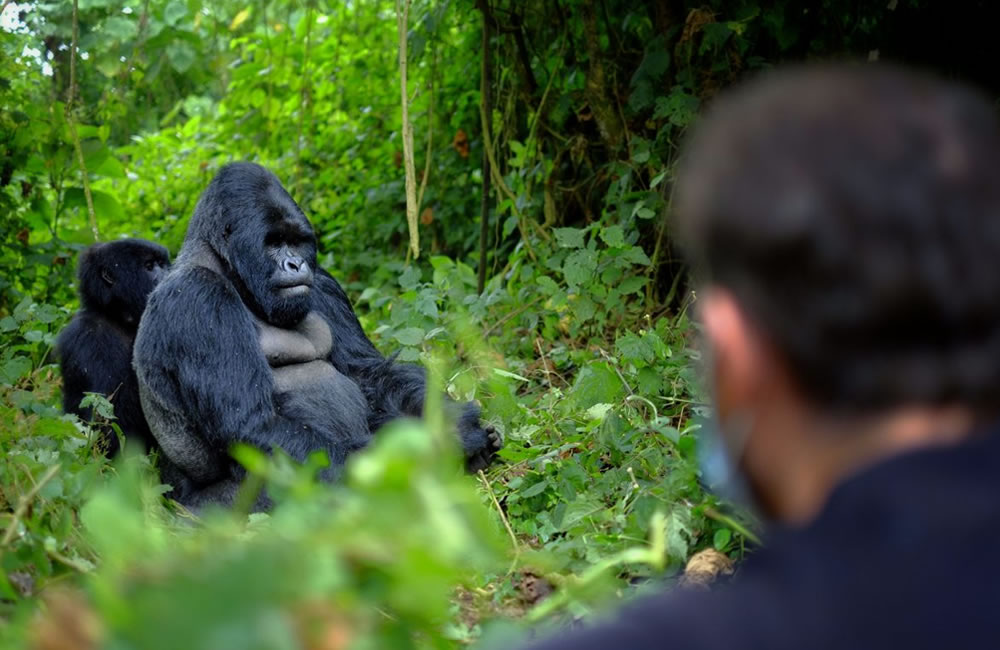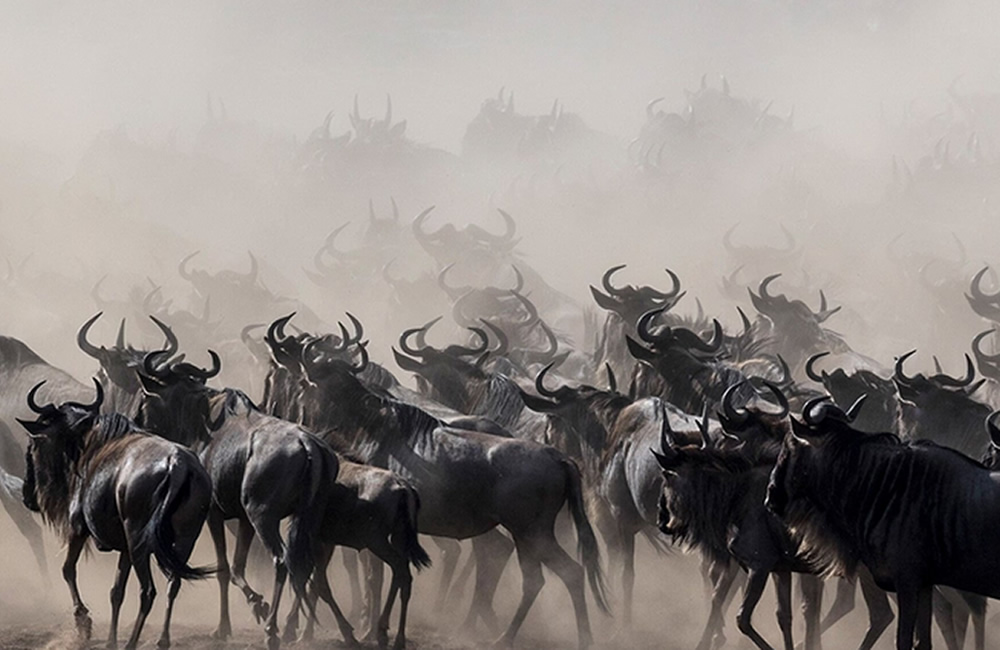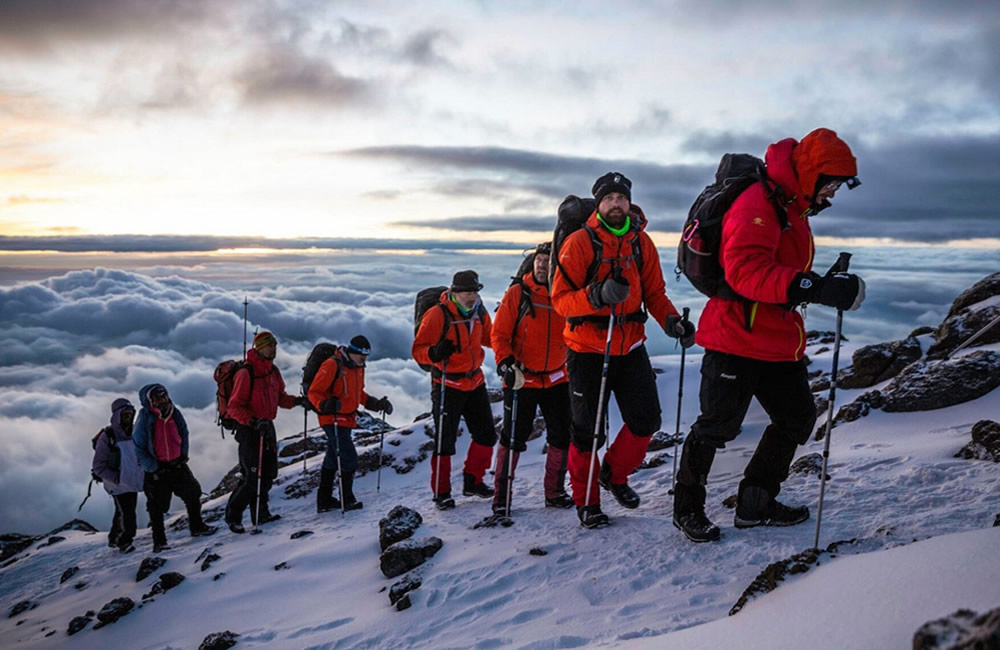Choosing the right vehicle is one of the most important decisions for a successful self-drive safari in Africa. The vehicle you use determines your comfort, safety, and how easily you can explore the parks and rough terrains. African safaris often involve driving on gravel roads, muddy tracks, and through remote areas where a strong and reliable 4×4 is essential.
Whether you are exploring Kenya’s Masai Mara, Tanzania’s Serengeti, Uganda’s national parks, Malawi’s National Park or Namibia’s deserts, the right car will make your adventure smooth and enjoyable. Most travelers prefer sturdy vehicles such as Toyota Land Cruisers LX 76 & 78 series because they are powerful, durable, and easy to repair anywhere in Africa. Together, these vehicles represent some of the best choices for true African safari adventures vehicles you can rely on when traveling across wild landscapes, far from conveniences.
Overland Land Cruisers
Toyota Land Cruiser 76 Series: The Toyota Land Cruiser 76 Series is a durable and reliable 4×4, perfect for rugged African safari terrain. It comes in a station wagon body style, making it ideal for small groups or families, comfortably carrying up to five passengers on a self-drive safari. Built on a strong ladder-frame chassis with high ground clearance, solid front and rear axles, and differential locks, it handles rocky, muddy, and sandy tracks with ease. With a fuel tank of 90 – 130 litres and ample space for luggage or camping gear, it combines toughness, comfort, and practicality for off-road adventures.
Toyota Land Cruiser 78 Series
The Toyota Land Cruiser 78 Series, commonly known as the Troop Carrier or Troopy, is a larger, more spacious 4×4 built to carry additional passengers and equipment, making it perfect for overland trips or extended safari adventures. It can accommodate up to 6 passengers, depending on the seating configuration, and has a taller roofline and extended wheelbase to provide extra interior space for luggage and camping gear. Like the 76 Series, it features a ladder-frame chassis, low-range gearing, and differential locks, ensuring excellent off-road capability. Its rugged design, combined with its high passenger and cargo capacity, makes it ideal for deep-safari exploration and overland expeditions.
Why the Toyota Land Cruiser 76 and 78 Series Are Perfect for African Safaris
- Exceptional Reliability and Durability
One of the main reasons the 76 and 78 Series are popular in Africa is their reliability. These vehicles are built to last for hundreds of thousands of kilometres, even in very harsh conditions. African roads in national parks are often uneven, filled with rocks, sand, or deep mud, and many areas are remote. The 76 and 78 Series have a strong ladder-frame chassis, which makes the body very rigid and able to withstand extreme off-road driving. The engines are simple, strong, and easy to repair, which is important if you are far from a mechanic. This reliability gives travellers confidence that they can reach remote safari camps and lodges without problems.
- Excellent Off-Road Capability
African safari terrain can be unpredictable. You may need to drive through sandy plains, rocky tracks, steep hills, riverbeds, or muddy paths. The 76 and 78 Series are designed to handle all of this. They have high ground clearance, which prevents the vehicle from getting stuck on rocks or deep mud. Their solid front and rear axles and four-wheel drive system allow power to reach all wheels, improving traction in slippery or uneven terrain. Both vehicles also have low-range gearing, which helps when climbing steep hills or driving slowly through difficult surfaces. Many models come with differential locks, which improve traction when one wheel loses grip. This combination of features makes the 76 and 78 Series extremely capable off-road vehicles.
- Versatile Seating and Space
The 76 Series is perfect for small groups or families, comfortably carrying up to five passengers, while the 78 Series, also known as the Troop Carrier or “Troopy,” can carry up to ten passengers depending on the seating configuration. This makes them versatile for different safari needs. The 78 Series is especially popular for groups traveling with a lot of luggage, camping gear, or safari equipment. The extra space also allows for the installation of rooftop tents, roof racks, and extra fuel tanks, which are often needed for long safaris in remote areas.
- Comfortable and Practical Design
While the 76 and 78 Series are rugged and strong, they are also practical and relatively comfortable for long journeys. The interiors are simple but functional, with easy-to-use controls that anyone can operate. There is enough space for luggage and camping gear without overcrowding the passengers. For long days on safari, comfort is important, and these vehicles strike a good balance between durability and comfort. The 76 Series has a slightly more refined feel for passengers, while the 78 Series prioritizes space and functionality.
- Simple Maintenance and Easy Repairs
Another reason the 76 and 78 Series are perfect for African safaris is that they are easy to maintain. Their engines and components are simple and widely understood by mechanics across Africa. Spare parts are available in most major towns, and if something breaks, repairs can often be done quickly. This is very important because many safari routes take you far from cities and service centres. Travelers can have peace of mind knowing that if something goes wrong, help is available and the vehicle can be fixed without much delay.
- Adaptable for Safari Needs
The 76 and 78 Series are highly adaptable. For self-drive safaris, travellers often need to carry a lot of gear, including camping equipment, water, extra fuel, and food. Both vehicles have strong roofs and chassis, allowing the addition of roof racks or roof-top tents. The 78 Series, in particular, is popular for overland expeditions because it can carry more passengers and extra luggage without compromising stability or performance. Some travellers even modify these vehicles with extra fuel tanks, refrigerators, or storage boxes for long trips.
- Safety on Remote Safari Routes
Safety is a major concern on safaris because many areas are remote and medical help may not be immediately available. The 76 and 78 Series provide a safe and robust vehicle platform. Their strong body, solid axles, and durable suspension systems protect passengers on rough terrain. The vehicles also handle well in difficult conditions, such as river crossings or sandy tracks, reducing the risk of getting stuck or tipping over. Their reliability ensures that travellers can explore remote national parks and wilderness areas with confidence.
- Proven Track Record in Africa
The Toyota Land Cruiser 76 and 78 Series have a long history of use in African safaris, wildlife research, tourism, and overland travel. They are widely trusted by safari operators, tour companies, and park rangers because of their dependability and off-road ability. Travelers can rely on these vehicles in Kenya, Tanzania, Uganda, Namibia, Botswana, South Africa, and many other countries. Their proven performance across diverse African terrain is a key reason they are considered the best vehicles for safari adventures.
- Fuel Capacity and Long Range
Both vehicles have large fuel tanks, usually around 90 – 130 litres, allowing them to travel long distances without needing to refuel. This is especially useful in remote parks or overland routes where fuel stations may be far apart. Combined with efficient diesel engines, these vehicles can cover hundreds of kilometres on a single tank, which is ideal for exploring large safari areas like the Serengeti, Masai Mara, or Kidepo Valley.
How to Inspect a Toyota Land Cruiser 76 or 78 Series Before Starting a Safari Trip
- Check the Engine and Fluids
The first step is to inspect the engine and all essential fluids. Open the hood and look for any signs of leaks, cracks, or damage in the engine bay, radiator, and hoses. Check the engine oil using the dipstick; it should be within the recommended range. Low or dirty oil can cause engine problems on a long trip. Inspect the coolant, brake fluid, and power steering fluid, ensuring each is at the correct level. A full radiator with proper coolant is crucial to prevent overheating on hot safari tracks. Also, check the windscreen washer fluid, as dusty roads are common in African parks, and a clean windshield is vital for safety.
- Inspect Tires and Suspension
Tires are one of the most important components for safari driving. Check all tires, including the spare, for proper pressure and tread condition. Look for cuts, bulges, or uneven wear that could cause a puncture. The 76 and 78 Series are designed for rough terrain, but damaged tires can still cause problems. While inspecting tires, examine the suspension system. Look at the shock absorbers for leaks or damage, and check the springs and mounts for wear. A healthy suspension ensures a smooth and safe ride over rocky, sandy, or muddy tracks.
- Test the 4×4 System
The 4×4 system is what makes these vehicles exceptional for off-road safaris. Test the four-wheel drive, including both high and low ranges, to ensure they engage properly. Check the differential locks if your vehicle has them, and make sure the transfer case lever moves smoothly. Testing these functions before leaving ensures that your Land Cruiser will handle steep inclines, river crossings, sand, or mud without getting stuck. A small problem identified early can save a lot of trouble in remote areas.
- Check Brakes, Steering, and Lights
Safety is critical on safari, so inspecting the brakes, steering, and lights is essential. Test the foot brake and handbrake to ensure they are firm and responsive. Check for leaks in brake lines or low brake fluid. Inspect the steering system for any unusual play or noise. Next, test all lights, including headlights, tail lights, brake lights, indicators, and hazard lights. These are essential for early morning, late evening, or dusty conditions. Working lights keep you safe and help other drivers see you clearly on shared safari roads.
- Inspect the Battery and Electrical System
A strong battery is essential for starting the engine and running electrical systems like the air conditioning, GPS, radios, and charging ports. Check that the battery terminals are clean and tight, and make sure the battery is fully charged. Inspect fuses and wiring for signs of wear or corrosion. Test electrical components such as horns, dashboard gauges, and lights to ensure everything works correctly. A reliable electrical system is especially important when traveling in remote areas where repairs may be difficult.
- Verify Safety and Recovery Equipment
Before leaving, ensure that the vehicle carries all necessary safety and recovery equipment. This includes a first aid kit, fire extinguisher, jack, wheel spanner, and toolkit. For off-road and safari travel, it’s also useful to carry a tow rope, shovel, traction mats, and extra fuel. The 78 Series, with its larger space, is particularly convenient for carrying additional gear. Make sure all equipment is in good condition and accessible.
- Check Fuel and Water Supplies
For long safari trips, it is important to have enough fuel and water. Both the 76 and 78 Series have large fuel tanks, but you should top up before leaving. Carry extra jerry cans if you plan to visit remote parks where fuel stations are scarce. Also, have enough drinking water for yourself, passengers, and any crew. Staying hydrated and prepared is vital during long drives on hot safari days.
- Inspect Interior and Exterior
Check the interior for comfort and functionality. Ensure seat belts work and all seats are secure. Look at storage areas to make sure luggage and gear will fit safely. Inspect the exterior for any body damage, broken mirrors, or loose components. Check the roof rack or roof-top tent attachments to make sure they are secure. A thorough exterior inspection prevents accidents and ensures everything is safely fastened before hitting rough tracks.
- Take a Short Test Drive
After completing the inspection, take the vehicle for a short test drive. Listen for unusual engine noises, braking issues, or suspension problems. Test the steering to ensure it feels smooth and responsive. Engage the 4×4 system and differential locks briefly to confirm they work correctly. This test drive gives you confidence that the Land Cruiser is ready for the safari ahead.
Conclusion
Choosing the right vehicle is essential for a successful African self-drive safari. Vehicles like Toyota Land Cruisers are ideal because they handle rough terrain, provide reliability, and offer ample space for passengers and gear. A well-equipped vehicle ensures safety, comfort, and flexibility while exploring national parks, reserves, and scenic routes. Ultimately, the best safari vehicle balances durability, off-road capability, storage, and comfort, allowing travelers to fully enjoy the freedom and adventure of an African self-drive experience.





